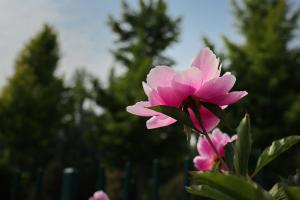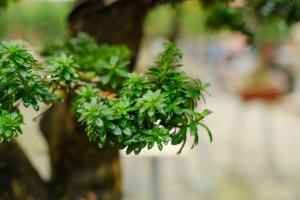How Do I Water the Lechuza Planter
The Lechuza planter is a popular choice among plant lovers because of its self-watering feature, which simplifies plant care. However, it can still be challenging to understand how to water the Lechuza planter correctly. In this article, we will guide you on how you can water the Lechuza planter effectively.
Understanding the Self-Watering Feature
The Lechuza planter’s self-watering feature is relatively simple, yet effective. The planter consists of two layers, the outer decorative layer, and an inner pot that holds the plants. The inner pot has a water reservoir at the bottom, and wick-like cords attached to it, which water the plant from below as required. The plant absorbs the water through the roots, and there’s no need to water it from above in most cases.
When to Water the Plant
Although the self-watering feature of the Lechuza planter is efficient, it's still essential to water the plant correctly to avoid overwatering or under-watering. Here are some tips to help you determine when to water your plants:
Check the water level indicator: Most Lechuza planters come with a water level indicator, which helps you understand the water level in the reservoir. When the water level indicator is at the bottom, it's time to refill the tank.
Check the soil moisture: You can easily check the soil moisture level by inserting a bamboo skewer or your finger into the soil. If it feels dry, it's time to water the plant.
Monitor the plant: If you notice the leaves drooping or the plant looking unhealthy, it may be a sign that it needs more water.
How to Water the Lechuza Planter
When it's time to water the Lechuza planter, make sure to follow these steps:
Fill the tank with water through the water supply shaft. The water level should reach the indicator mark, but be careful not to overfill it.
Wait for the water to be absorbed by the plant's roots. It might take a few hours, depending on the plant's size and needs.
Refill the tank when the water level indicator reaches the bottom.
It's important to note that Lechuza planters do not require frequent watering, as the reservoir can hold enough water to last for several weeks or even months, depending on the plant's needs. Overwatering the plant can lead to root rot, which can damage or even kill the plant.
Conclusion
Using a Lechuza planter is an excellent choice for those who want to simplify their plant care routine. Understanding when and how to water the plant is crucial to ensuring its health and longevity. Monitoring the water level and following the watering instructions is key to achieving success with the Lechuza planter. With proper care, your plants will thrive in this innovative planter.

 how many times do yo...
how many times do yo... how many planted tre...
how many planted tre... how many pine trees ...
how many pine trees ... how many pecan trees...
how many pecan trees... how many plants comp...
how many plants comp... how many plants can ...
how many plants can ... how many plants and ...
how many plants and ... how many pepper plan...
how many pepper plan...































